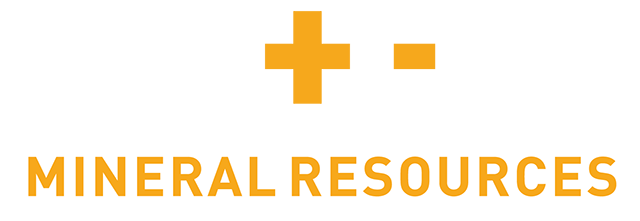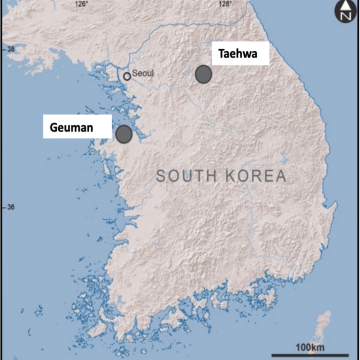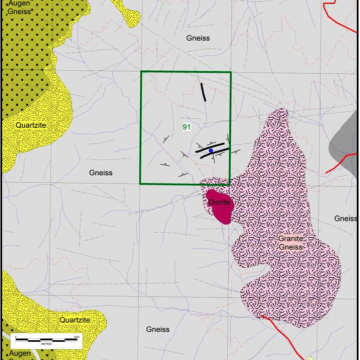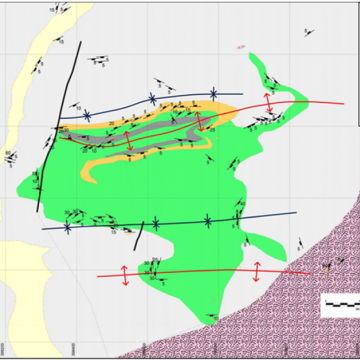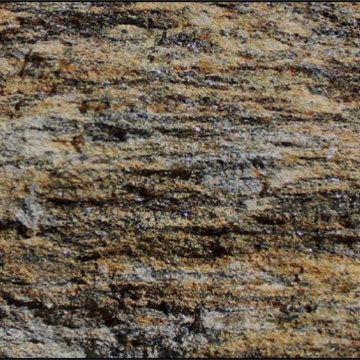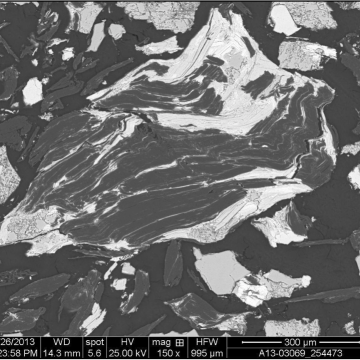Taehwa
Key Facts
Overview
The Taehwa Project is in the Gangwon-Do Province in the mid-north region of the Korean Peninsula. Seoul.
The Project is situated in a rural setting with world class infrastructure. The existing road and rail network permit easy access to the Greater Seoul Area.
The town of Hongchon is situated 15km to the south of the Project area. It provides a convenient field base and the easiest access route into the area. Hongchon straddles the Naecheoncheon River and has a population of about 25,000. Hongchon has most modern public amenities and facilities, including medical, education, banking, transportation services and fuel distributor.
The Taehwa project area is traversed by the national electricity grid, supporting three-phase electrical power supply and the area is covered by the national cellular phone communications network.
The project, which consists of one granted Mining Right and one Mining Rights Application.
The Taehwa graphite deposit consists of two flat lying to shallowly dipping Graphite schist layers separated by about 30m of inter-burden, each with a thickness of about 5m-6 m, an average grade of about 6.8% Graphite, and an outcrop strike length of 250m - 300m along the N040°E trending structural grain. The Graphite layers are hosted in sericite schist adjacent to a sericite altered granite gneiss containing disseminated Graphite and is closely associated with quartz veining.
The Taehwa project is considered prospective for relatively narrow, medium to jumbo flake size Graphite, modest tonnage mineralisation based on previous exploration and mining activity.
Historical Background
Taehwa was previously a small-scale Graphite producer with Graphite ore sourced from a small open pit between 1979 and the late 1980's, although no production records have been located for the operation.
During the late 1980’s, probably commencing mining operations in 1985, the mine re-commenced operation as a limited scale, local operation employing basic mining methods and only minimal flotation processing. This pilot scale flotation processing plant was established based on metallurgical studies undertaken by the Korean Mining Promotion Corporation (KMPC). The plant consisted of a ball mill, flotation cells, and a regrind ball mill. The mine is likely to have ceased operations in about 1992.
Exploration completed by Korean Mining Promotion Corporation (KMPC) included geological mapping, excavating 3 pits, 7 trenches on the Lower Graphite Bed (Southern Limb) and 11 trenches on the Upper Graphite Bed (Northern Limb) and developed 4 adits.
The largest adit at Taehwa, was driven for about 160m in a north-easterly direction largely along the strike of the Upper Graphite Bed (Northern Limb). The trenching and adit development confirmed the interpreted continuity of the Graphite mineralization.
Historical Resources were estimated and reported by the KMPC were estimated using trenching results from surface sampling of oxidized and weathered mineralization. Adit sampling was undertaken at four localities with no drilling. These resource estimates prepared by the Korean Mining Promotion Corporation, are historical in nature and do not comply with CIM NI 43-101 reporting requirements.
Geological mapping and sampling of the Taehwa was undertaken in the field by Senlac Geological Services Pty Ltd in 2012. No trench or drill sampling has been completed.
Geology & Mineralization
The Taehwa Graphite deposit is hosted within biotite gneiss of the Gyeonggi Gneiss Complex.
Geological mapping has identified several rock types within the Taehwa area, including gneiss, granite gneiss, graphite schist and quartz porphyry.
The basement rocks have been intruded by Triassic amphibolite sills and dykes and are relatively common in the region. The sills appear to have been preferentially emplaced along the contact of biotite gneiss with hornblende gneiss.
Field inspection indicated the presence of two flat lying to shallow dipping Graphite layers that are separated by about 30m. It is also possible that the two beds represent the same layer which has been displaced vertically by a fault structure.
The Upper Graphite Bed (Northern limb) can be traced over an outcrop strike length of 250m and is 4.9m thick, with an average grade of 6.8% Graphite (Cg) (KMPC, 1984). Visually, this Upper bed appears to be slightly coarser grained in size than the Lower bed.
The Lower Graphite Bed (Southern limb) has a strike length of 300m and thickness of 5.8m, with an average grade of 6.9% Graphite (Cg). Visually, this Lower bed appears to be softer and more clay altered than the Upper bed.
The Graphite mineralization is closely associated with quartz veining. It is developed on the margins of granite gneiss. The granite gneiss is intensely Sericite altered and contains disseminated Graphite, strongly suggesting a genetic relationship between the granite and the Graphitic mineralization. It is suggested that the granite has added to the thermal event which produced the Graphite.
Limbs of the Graphite bearing unit are open and inferred to extend further to the north and south. Although limited by topographic constraints, the graphitic gneiss unit could extend along strike to the east.
Current Exploration
To date BMR exploration effort has been limited to field inspections, geological mapping and sampling.
Current Resource & Metallurgy
The historical resources reported by the KMPC were estimated using trenching to expose and sample the mineralization that was oxidized and weathered. Adit sampling was undertaken at four localities with no drilling. The KPMC resource estimates are historical in nature and do not comply with CIM NI-43-101 reporting requirements.
Historic metallurgical test work was undertaken by KMPC in 1980 on two bulk samples produced an excellent medium jumbo flake Graphite concentrate with a grade of >90% Graphite (Cg), at a recovery of 89%.
Testwork involved comminution and flotation studies, using a variety of “collector” types and concentrations, regrinding, followed by further flotation to determine an optimum yield flotation concentrate. Greater than 30% of Graphite is considered large to jumbo flake
Technical Report
March 2018 Geumam and Taehwa Graphite Projects South Korea NI 43-101 Technical Report by RPM Global (RPM Advisory Services Pty Ltd.)
